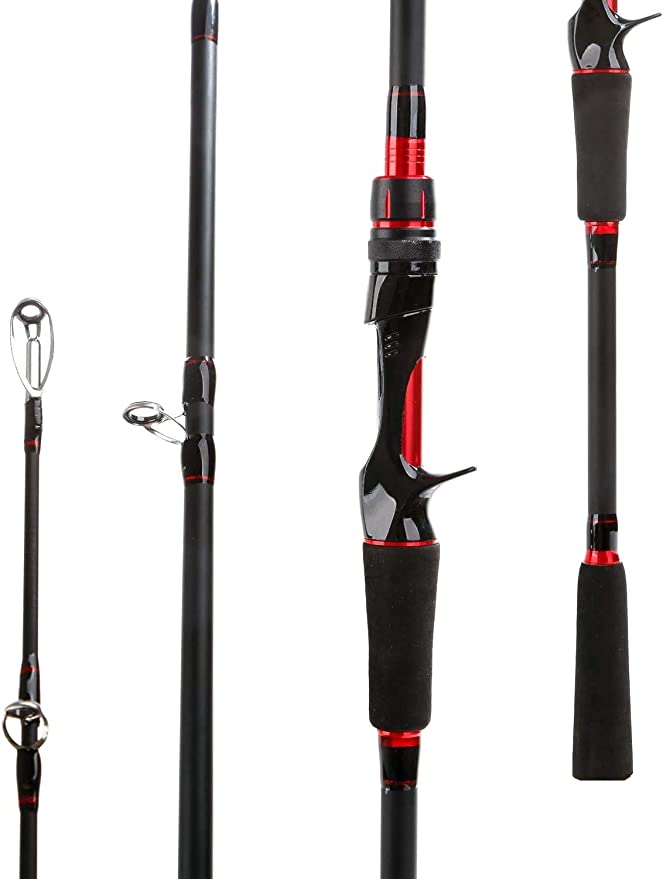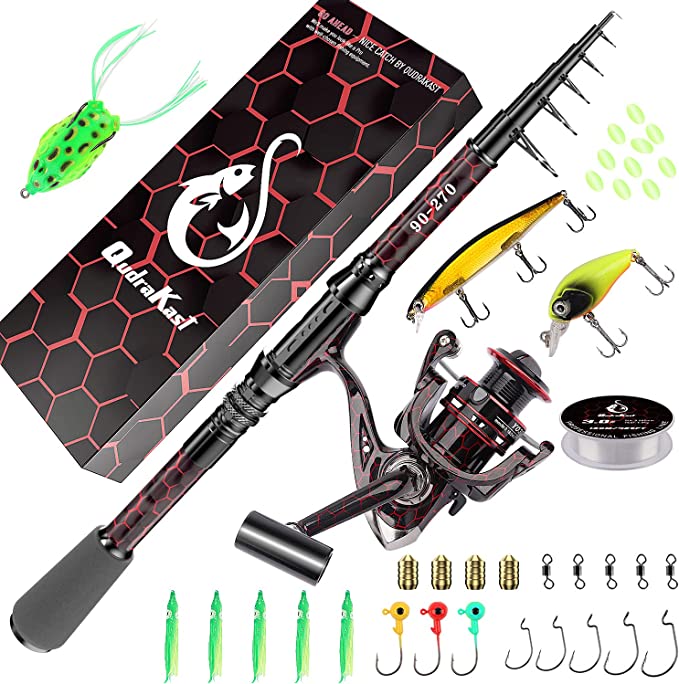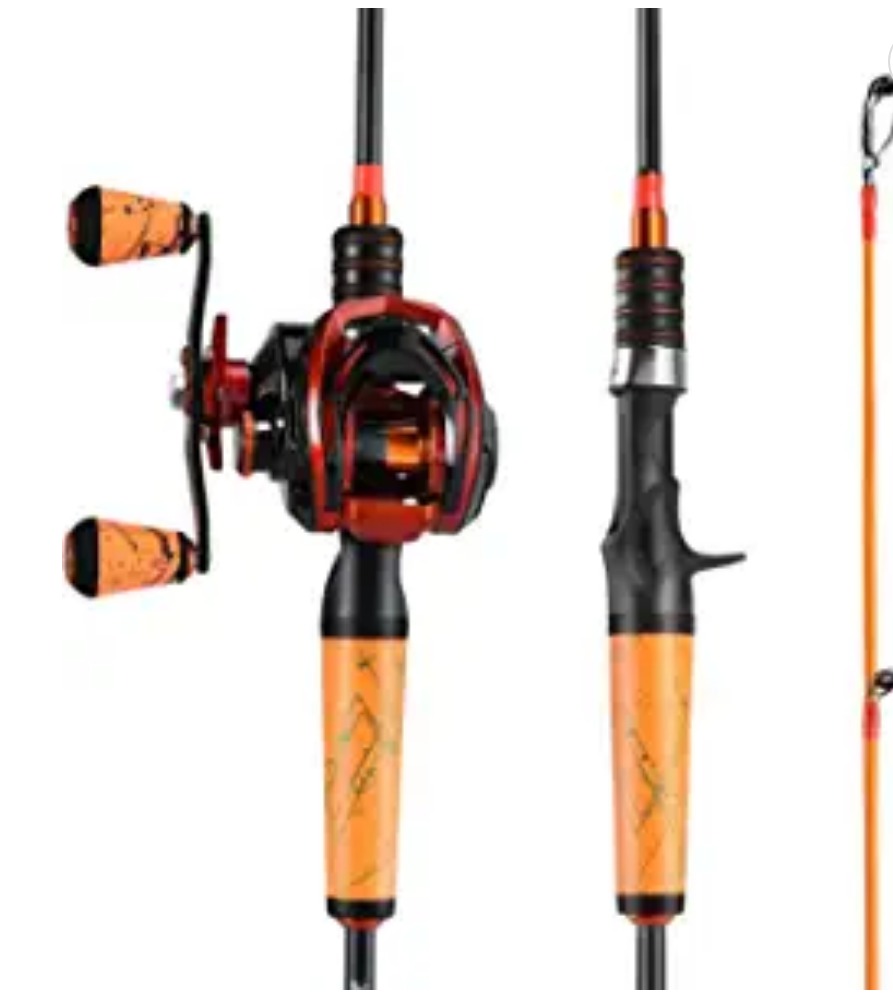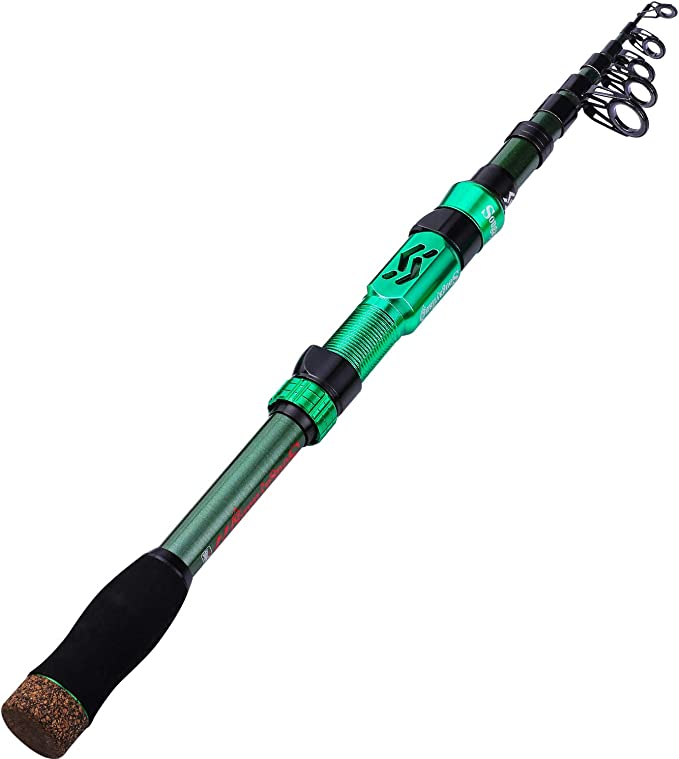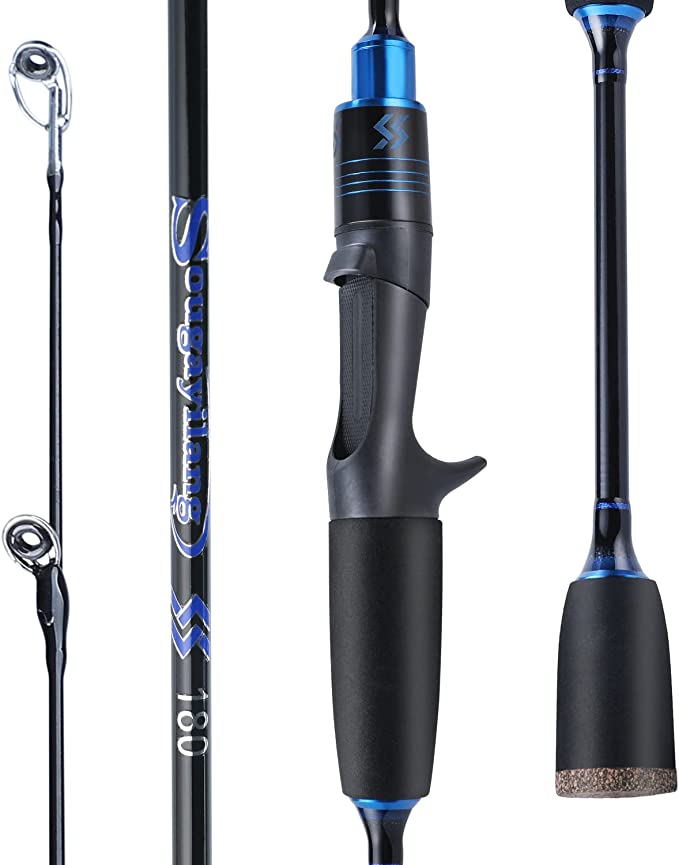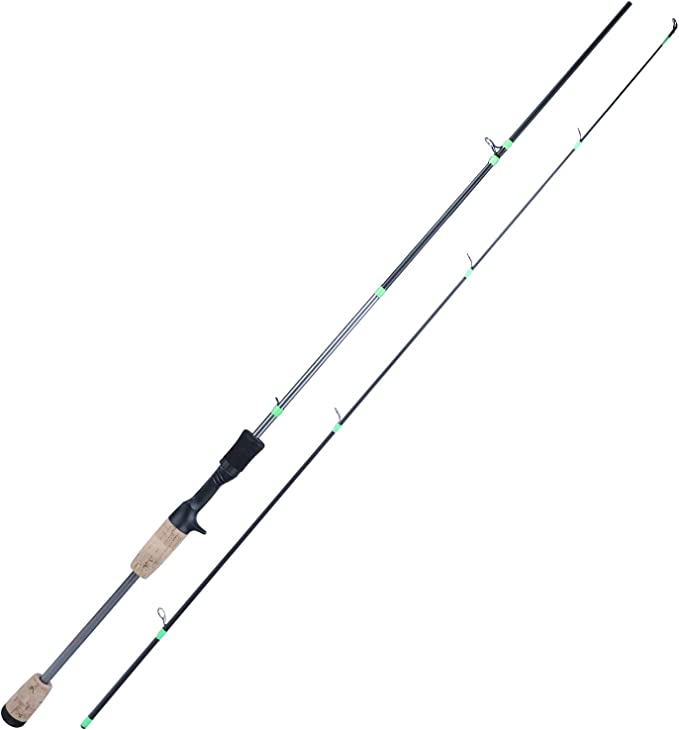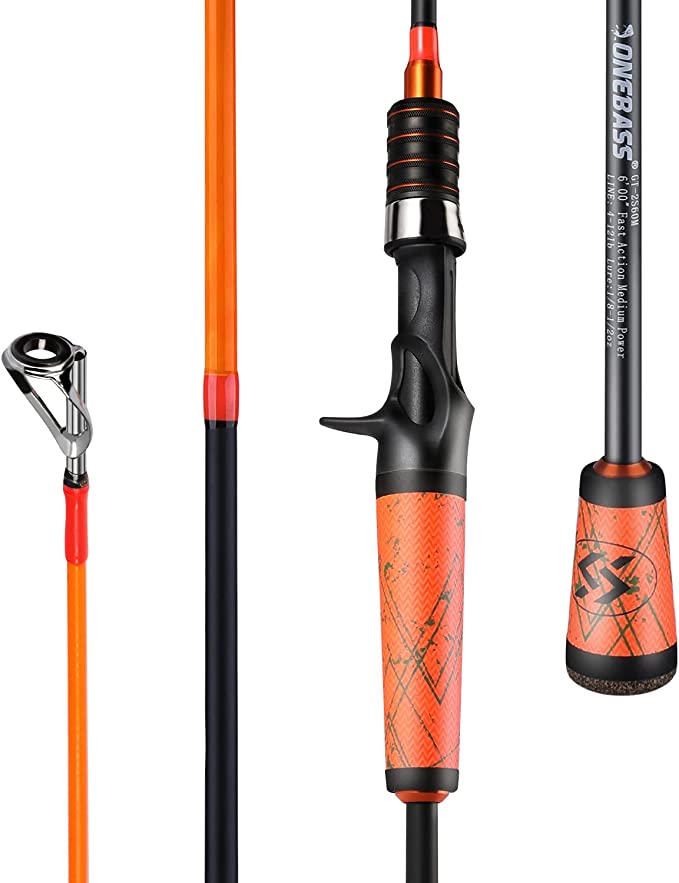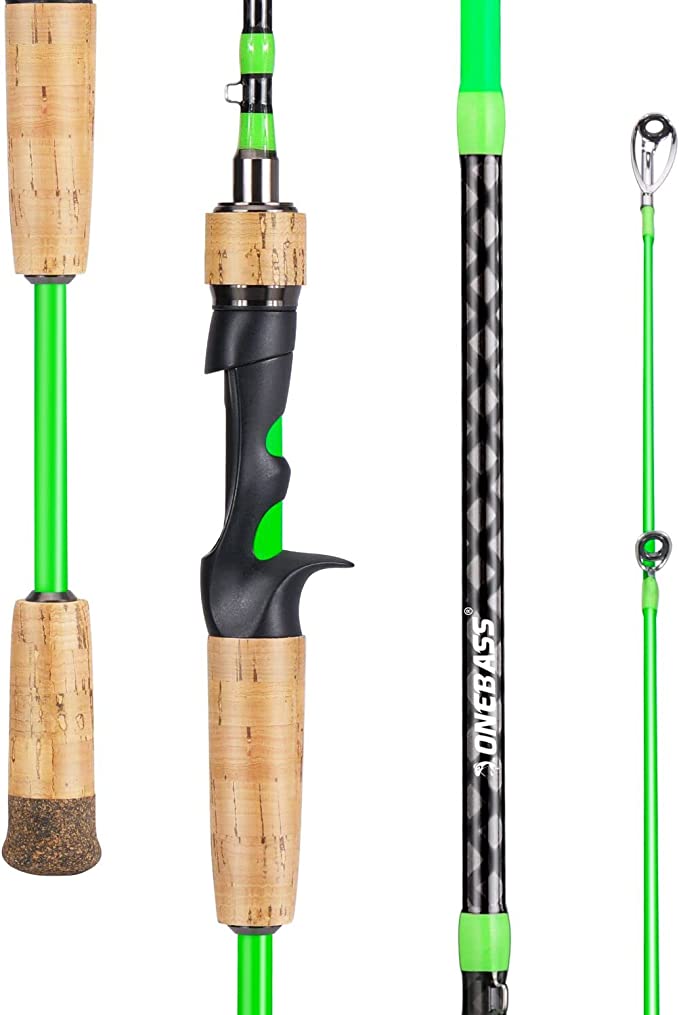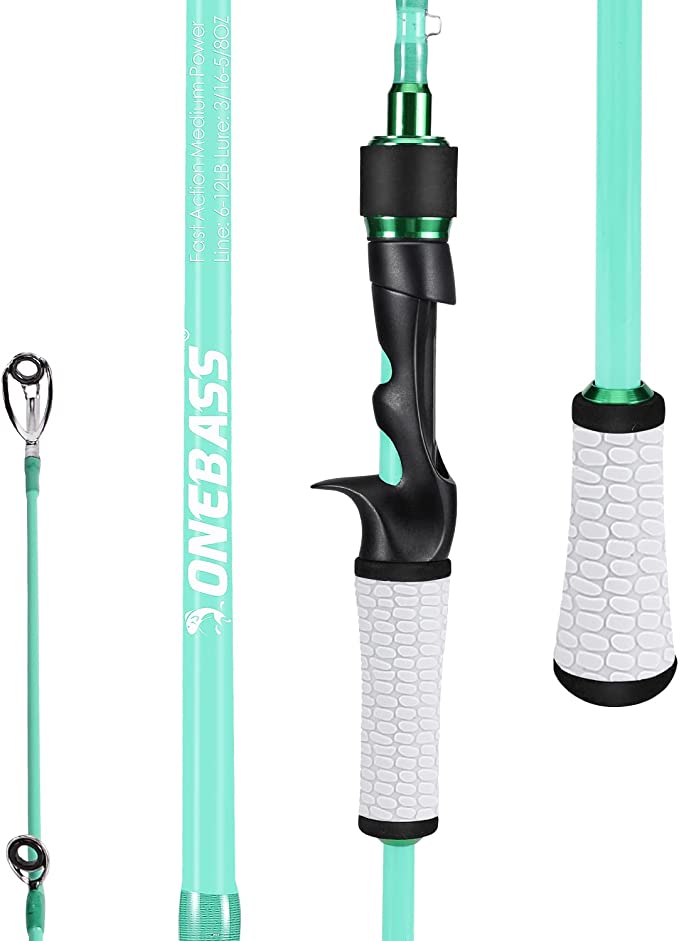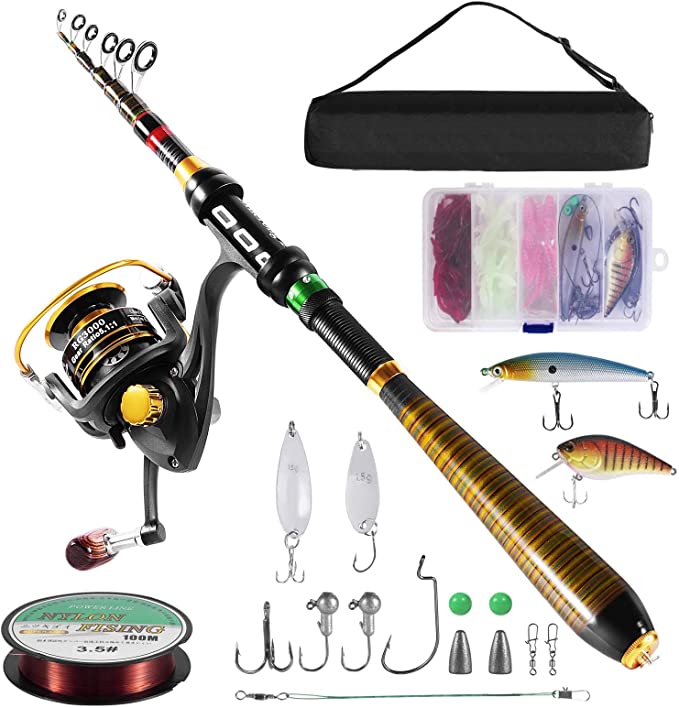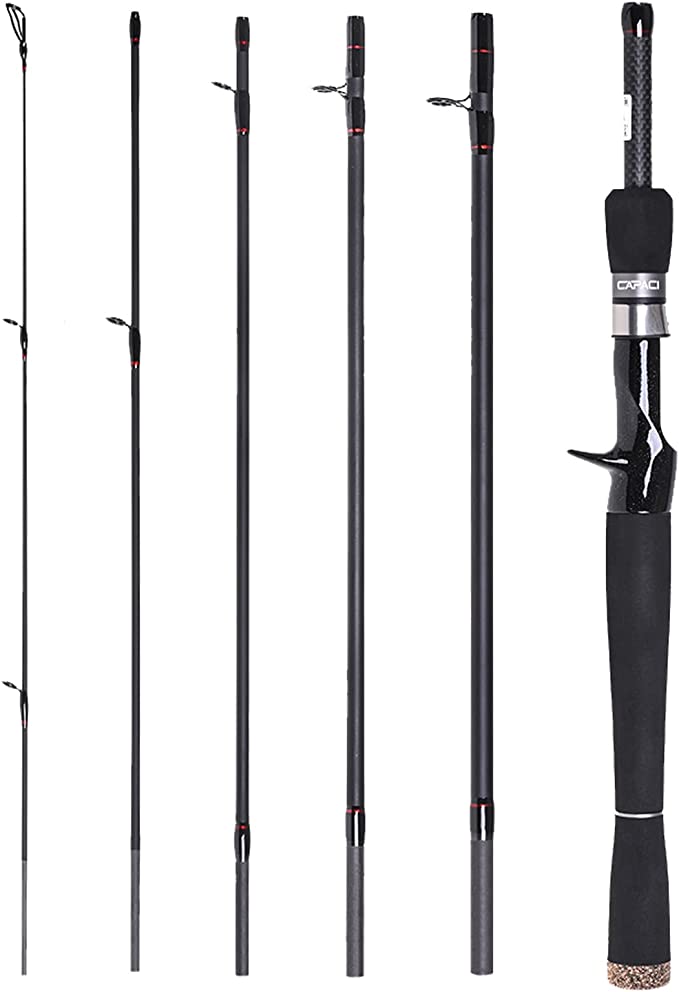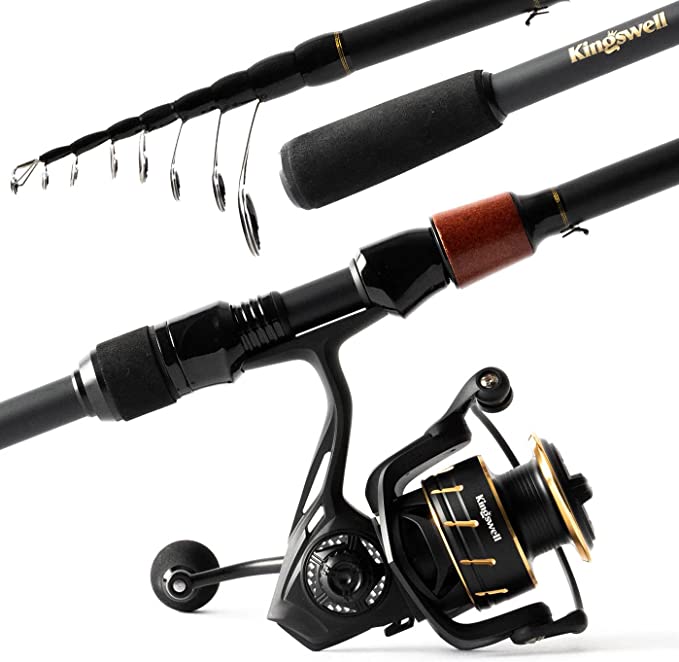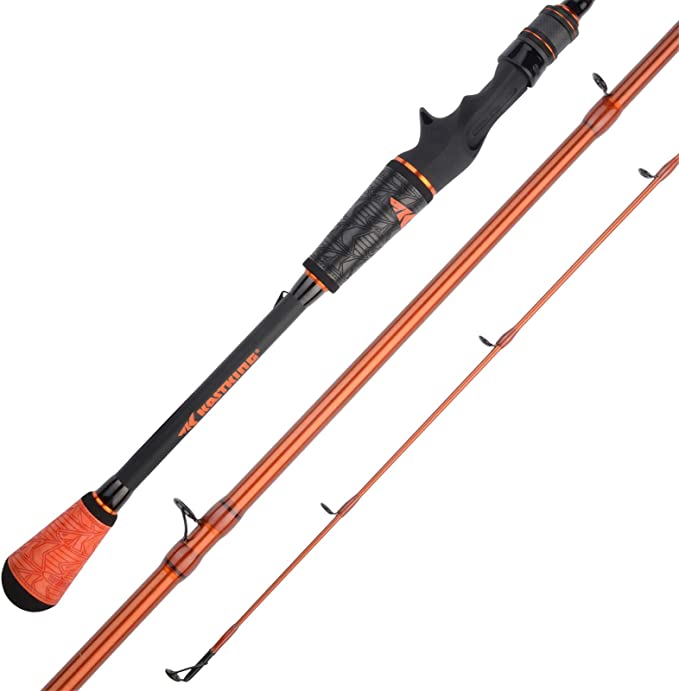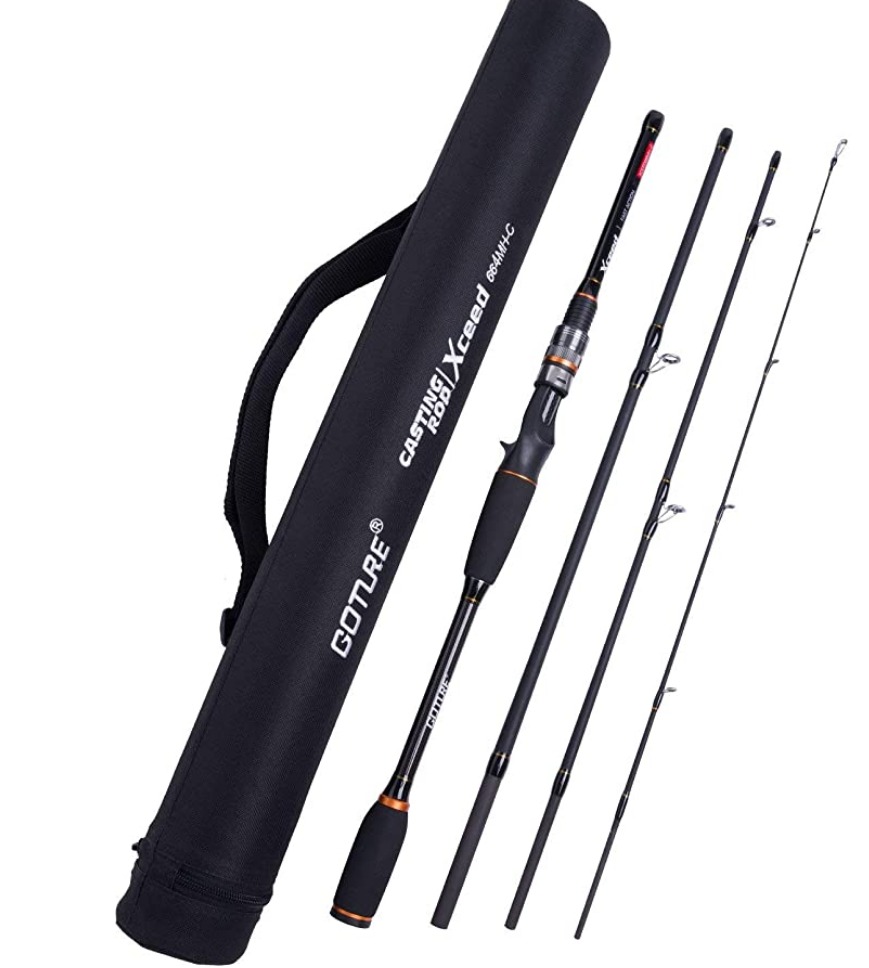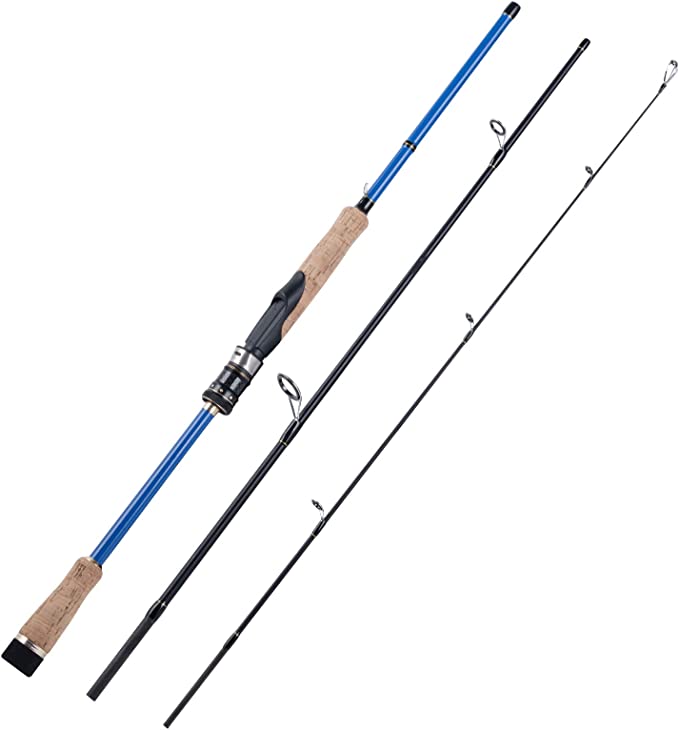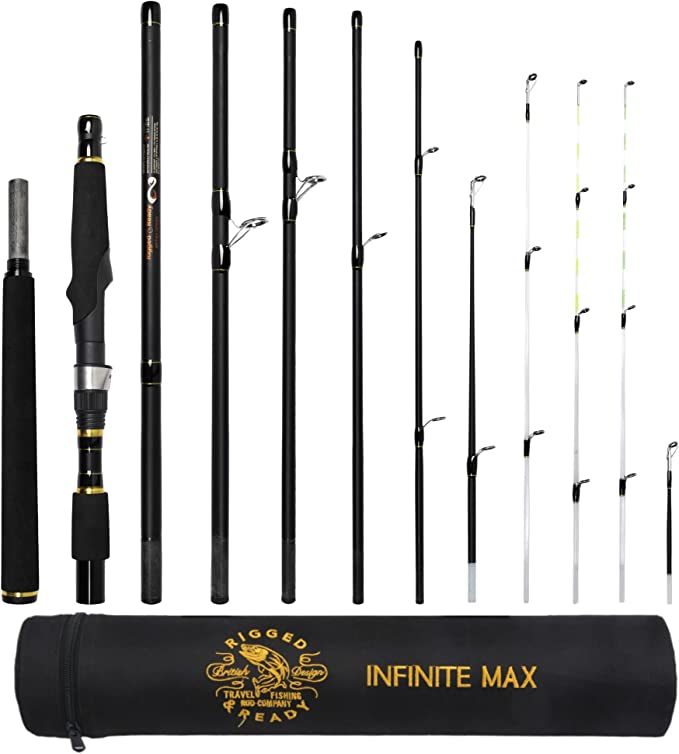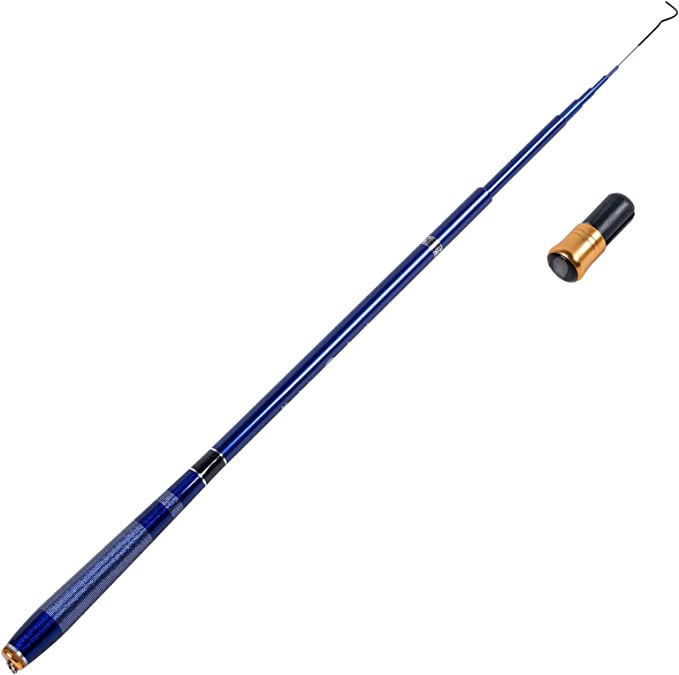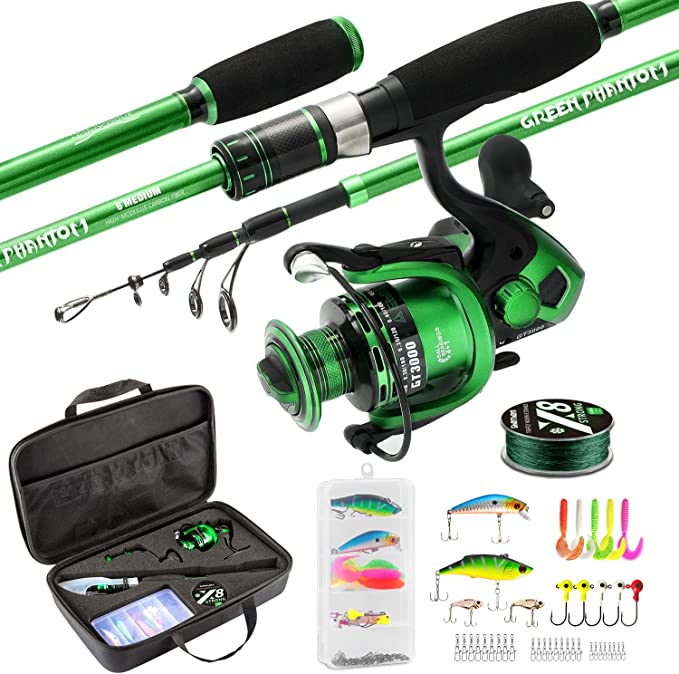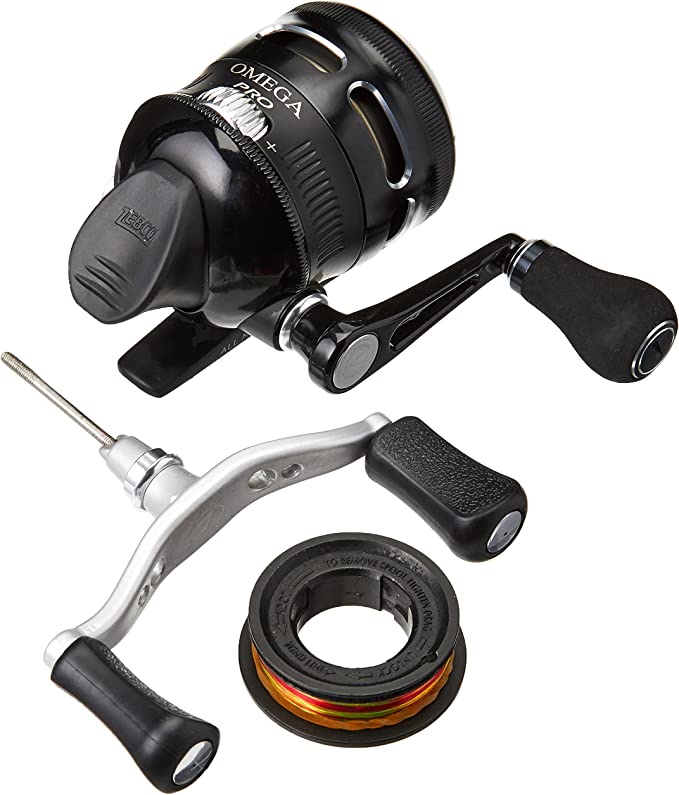The Soul of the Cast: A Deep Dive into the Moonshine Drifter II and the Science of Rod Action
Update on Aug. 1, 2025, 12:37 p.m.
Fly fishing, at its heart, is an act of beautiful deception. It is the art of convincing a wild creature that a confection of feather and fur, delivered with grace, is a living thing. This entire illusion hinges on the cast, and the soul of that cast resides in the rod. It is an extension of the angler’s body, a finely tuned instrument of physics designed to store and release energy with precision. Yet, for many who stand at the water’s edge, the tool itself is a mystery, its language of “actions,” “moduli,” and “recoveries” as opaque as the deep pools where trout lie. The challenge is universal: to find a rod that not only performs but also teaches—a partner, not just a tool. In this landscape of trade-offs, the Moonshine Rod Co. Drifter II emerges not merely as a product, but as a compelling case study in the deliberate balance of power, finesse, and real-world pragmatism.
The Code Within the Carbon: Deciphering Rod Action
To truly understand any fly rod, one must first decode its “action.” This term, often tossed about with little explanation, describes the fundamental characteristic of how and where a rod bends under load. Think of it as the rod’s personality. It’s a direct expression of engineering choices governed by the simple elegance of Hooke’s Law, which states that the force needed to bend a spring is proportional to the distance it is bent. A fly rod is, in essence, a very long, tapered spring.
The spectrum of rod action ranges from “slow” to “fast.” A slow-action rod bends deeply, flexing well into the handle. It’s forgiving, loading with a gentle, languid rhythm that excels at delicate, short-range presentations. A fast-action rod is its polar opposite. It’s stiff, bending almost exclusively near its tip. It’s a powerful lever, capable of generating tremendous line speed to punch through wind and achieve great distances, but it demands near-perfect timing from the angler.
The Drifter II is engineered with a Moderate-Fast action, a calculated middle ground that represents a pinnacle of versatility. By allowing the rod to flex further down into its mid-section, it offers a blend of the best attributes of both extremes. For the angler, this translates into tangible benefits. The deeper flex provides more sensory feedback, making it easier to feel the rod “load” with the weight of the line. This is a game-changer for developing a consistent casting stroke, a fact echoed by users who find their accuracy improves dramatically when moving to a well-designed rod. It has enough backbone to handle weighted nymph rigs and streamers, yet it retains the sensitivity to protect fine tippets and present a dry fly without a splash. It is, in many ways, the answer to the question most anglers ask: “What one rod can do most things well?”
Anatomy of a Modern Workhorse
The performance of the Drifter II is born from the fusion of its geometry with modern material science. The blank is crafted from high-modulus carbon fiber. “Modulus” refers to the material’s stiffness-to-weight ratio. A higher modulus means the carbon fibers are stiffer without adding weight. This is critical for two reasons. First, it allows designers to build a lighter, more responsive rod that reduces fatigue over a long day of casting. Second, and more importantly, it dictates the rod’s recovery rate—the speed at which it returns to straight after being flexed. A fast recovery rate quells vibrations, leading to tighter, more efficient loops and greater casting accuracy.
This responsive blank is adorned with components that serve a distinct purpose. The SiC (Silicon Carbide) stripping guide—the first guide the line passes through—is a small marvel of material science. SiC is a ceramic with an incredibly low coefficient of friction and high hardness. This allows the fly line to shoot through with minimal resistance, maximizing casting distance and reducing wear on the line itself. The remaining single-foot guides are lightweight, minimizing the mass that could dampen the blank’s inherent action and feel. Even the hand-turned cork grip is a functional choice; its porous, lightweight nature is excellent at transmitting the subtle vibrations that signal a tentative strike.
The Inevitable Compromise: A Tale of Two Casts
No piece of engineering exists without trade-offs. The pursuit of one performance characteristic often comes at the expense of another. While the Drifter II receives widespread praise, some user feedback highlights this universal truth. One experienced angler noted that while the rod performed well at medium to long distances, it exhibited a “poor recovery on short casts,” causing the tip to bounce.
This critique, rather than being a simple flaw, is an insightful observation into the very nature of a moderate-fast design. The same flex that makes the rod forgiving and powerful at 30-50 feet can feel less crisp and immediate when making short, aggressive casts of only 10-15 feet. A dedicated fast-action rod, with its stiff tip, would likely excel in that close-quarters scenario. The Drifter II’s design prioritizes versatility for the most common fishing situations. It consciously trades elite performance at the extreme ends of the casting spectrum for superior capability in the vast middle ground. This is not a failure of design, but a deliberate choice aimed at creating the most useful tool for the greatest number of anglers. Similarly, subjective feelings about the aesthetics of a reel seat are a reminder that a tool’s appeal is a blend of both its objective performance and its intangible connection with its user.
More Than a Spare Part: A Philosophy of Preparedness
Perhaps the most telling feature of the Drifter II is not its action or its materials, but the simple inclusion of an extra tip section. On the surface, it’s a bonus. In reality, it is the cornerstone of the rod’s design philosophy. The most common and catastrophic failure for any fly rod is a broken tip, an event often caused by a stray tree branch or an errant car door. It’s an incident that can instantly end a day, or even an entire trip.
By including a spare, Moonshine directly addresses one of the single greatest points of anxiety for anglers. This is a profound statement. It demonstrates a deep understanding of the user that goes beyond the casting loop and extends to the entire experience of being in the outdoors, where accidents happen. It shifts the product from being merely a piece of equipment to being part of a reliable system. This isn’t just about providing a replacement part; it’s about providing peace of mind, a form of built-in insurance that says, “Go ahead, explore that tight, overgrown stream. We’ve got your back.” It’s a level of practical empathy that is rare and deeply valuable.
Conclusion: The Intelligent System
The Moonshine Drifter II earns its acclaim not by claiming perfection, but by delivering a remarkably intelligent and complete system. It is a physical manifestation of balance—between power and finesse, between modern materials and classic feel, and most importantly, between performance and real-world reliability. It masterfully navigates the compromises inherent in rod design to produce a tool that is forgiving for the learner, capable for the expert, and a steadfast companion for anyone who ventures to the water. In a world of highly specialized and often fragile equipment, the Drifter II stands as a testament to the enduring appeal of a versatile, durable, and thoughtfully conceived workhorse. It is not just a rod; it is a solution.
